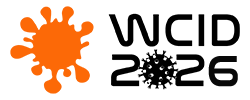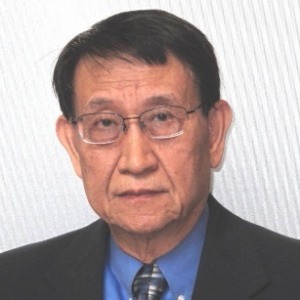Title : Scientific traditional Chinese medicine for low-cost and effective prevention, detection, and treatment of infectious diseases
Abstract:
COVID-19 pandemic, sweeping the world from November 2019 to April 2025, is estimated to have caused 18 to 34 million deaths. Confirmed deaths were 7.1 million, of which 1.2 million happened in the United States—the richest country with best vaccines, medical equipment and facilities. Furthermore, confirmed deaths per population in the U.S. were among the highest, at 3493/million, while death rates in Far East Asian countries were among the lowest—between 85/million in China and 1076/million in Malaysia. Consistent with these data, since late 2020, a top expert practicing Traditional Chinese Medicine (TCM) in South Korea has been claiming the curing power of his TCM herb medicine against this coronavirus infection. Recently, he summarized that he had successfully cured sixteen-thousand patients worldwide having respiratory diseases, including infection, allergy and cancer, over the past fifty years, at low cost and achieving whole-body health.
Indeed, since 1990 healthcare systems in advanced nations have been degrading rapidly, with rising costs, rampant chronic diseases, and aging demographics. In response, governments and private sectors have been seeking solutions from untapped fields, such as the 47-century-old TCM. Today, TCM is included in the national health care systems, as integrative and complementary health care, in major countries of East Asia, used by 60-75% of the population. Elsewhere, TCM operations are still in back alleys. TCM’s dilemma is rooted in its inability to meet the standards of science and evidence-based modern medicine. In 2018 this author began to develop a scientific theory of Chee based on modern sciences and seven postulates. (“Chee” was coined to differentiate from the commonly used “qi.”) The theory was formulated by following the pioneering footsteps of Albert Einstein in his creation of the theory of relativity and Julius Stratton in his consummating macroscopic electromagnetic (EM) theory, and by leveraging this author’s experience in numerical computations and EM measurements. The first postulate is that Chee is a vector power intensity containing four components: electromagnetic (EM), mechanic (ME), thermal (TH), and biochemical (BC), denoted by χEM, χME, χTH, χBC, respectively. TCM procedures were distilled and synthesized, one by one, to metamorphose TCM to Scientific TCM (STCM). Theoretical results were presented in four IEEE international symposiums and published in medical journals.
Empirical validation and characterization of the canonical biomarker Chee were successfully conducted using oscilloscopes, with the understanding that its frequency is between 0.1 and 200 Hz, limited by its source—neurons. Modulated by the 60 Hz AC power supply in America, EM component of Chee is a robust periodic function with a stable frequency of 60 Hz. Preliminary results were published in 2025 and will be summarized and updated in this conference. Tests on the ME and TH components of Chee, χME and χTH, were also conducted; but their data lack the accuracy, richness, and significance of the EM components. Our findings are giving rise to new and fundamental visions for biology, physiology, and medicine, which should have broad impact on diagnosis, treatment, and prevention of infectious diseases, among others. STCM procedures of acupuncture, herb medicine, Tui Na, cupping, etc. should be able to provide effective low-cost measures to prevent, diagnose, and treat infectious diseases.



